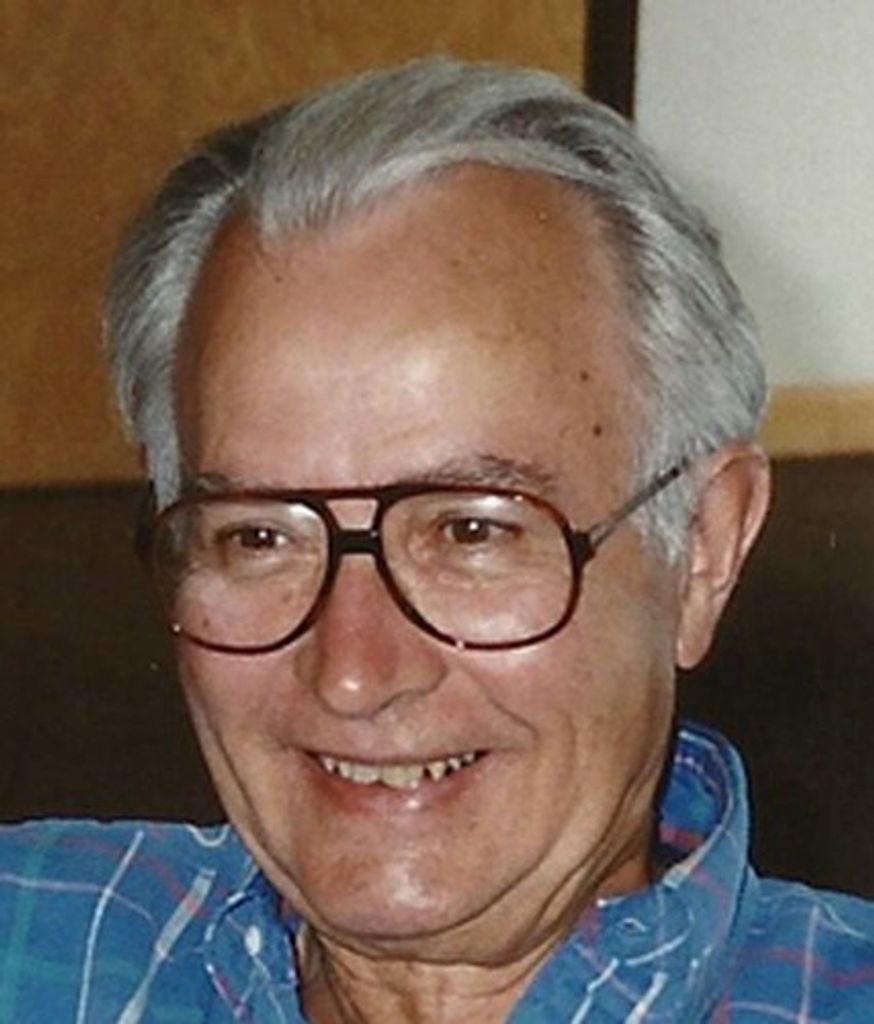

1926
Dr.
2015
Dr. Arnold Lanehart Brown, Jr.
January 26, 1926 — October 20, 2015
Arnold L. Brown Arnold Lanehart Brown, Jr.Bud to his friends; only a couple called him Arniedied on October 20, of natural causes, at his home in Rochester, Minnesota. The physician and former medical school dean was 89 and had been in declining health for several years. Stem to stern a Midwesterner, Bud was born in Wooster, Ohio on January 26, 1926, grew up in Battle Creek, Michigan, and graduated high school in Elkhart, Indiana. He attended the University of Richmond and earned his medical degree at the Medical College of Virginia, where, after brief Navy service associated with his medical training, he met the nursing student who in 1949 would become his wife and inspiring mother to their children, Betty Jane Simpson. Betty and Bud moved to Chicago for his medical internship at Presbyterian Hospital, where their first three children were born. Bud joined the Presbyterian staff in pathology, then, in 1959, moved the family to Rochester as he joined Mayo Clinic. He and Betty soon welcomed twins to the house at the foot of Plummer Hill. He became chair of the Department of Pathology and Anatomy and helped form the Mayo Medical School, where he gave the first lecture (anatomy) in its opening year (although he later commented that lecturing was a lousy way to teach). But, for the family, his greatest triumph during the Rochester days was building a cabin on Wisconsins Madeline Island in Lake Superior, where he could indulge a Navy mans passion for sailing in his sloop The Incredible (built in the Rochester driveway by him, a carpenter, and a crew of family) and immerse the rest of the clan in the islands rockbound quiet. At Mayo, Bud became active in cancer research and politics on an international scale, serving on and chairing National Institutes of Health and National Cancer Institute councils and committees. As Courts Witness advising U.S. District Judge Miles Lord during the Reserve Mining trial, he analyzed competing claims about the health hazards of asbestos-like particles in Lake Superior near a North Shore taconite plant. In 1978, he moved to the University of Wisconsin at Madison as Dean of the Medical School. In 13 years as deanthe Imperial Deanship, he called it with a wink, notwithstanding the plainness of his offices by way of conveying a sense of genteel poverty in an era of fiscal restraintBud was preoccupied with issues like family practice medicine and modernizing school administration and planning. An Eagle Scout, Bud supported and volunteered for local Boy Scouts administration throughout his time in Madison. He also nurtured a blooming passion for fine art and after retiring in 1994 (he stepped down as Dean in 1991) became a docent at the Universitys Chazen (then Elvehjem) Museum of Art. Later, after moving back to Rochester, he led tours of art installations at Mayo Clinic. Bud battled golf all his life, played a little tennis, and read continuously. A studious manager and medical researcher at Mayo, he saw no patients but deceased ones for autopsies, so colleagues attuned to his dry wit and accustomed to gifts after successful treatments sent him a bottle of Scotch one Christmas. The card read From a Grateful Patient. As parents, he and Betty consciously allowed their children, as he put it, to acquire their independence, for which they in turn are deeply grateful. Following Bettys passing in 2013, Bud leaves his five childrenArnold III, or Terry, Brown (Cheryl Crosby) of Edina, MN; Anthony Brown (Josephine Marcotty) of Minneapolis, MN; Allen Brown (Suzi) of Rochester, MN; Fletcher Brown (Wendy) of Missoula, MT; and Lisa Carey (Brett) of Northfield, MN, along with 13 grandchildren. A private service is planned. The family asks that memorials be sent to Mayo Clinic Robert and Arlene Kogod Center on Aging or a charity of choice, and wishes to thank the staff at Charter House and Mayo Clinic Hospice in Rochester for their sensitive and scrupulous care during Buds final years and days. Arrangements entrusted to Ranfranz and Vine Funeral Homes, Rochester, MN.
To order memorial trees or send flowers to the family in memory of Dr. Arnold Lanehart Brown, Jr., please visit our flower store.
Service Schedule
Past Services
Service
Saturday, September 5, 2015
Ranfranz and Vine Funeral Homes
Guestbook
Visits: 8
This site is protected by reCAPTCHA and the
Google Privacy Policy and Terms of Service apply.
Service map data © OpenStreetMap contributors



